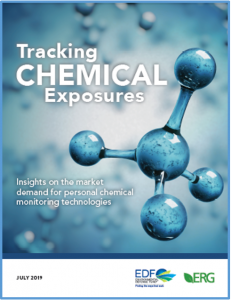Tom Neltner, J.D., Chemicals Policy Director
[pullquote]EPA needs to estimate reduced heart disease deaths when it evaluates the merits of four upcoming rules addressing lead in water, paint, and air.[/pullquote]
In 2018, we blogged on a study by Lanphear et al. that linked adult blood lead to a jaw-dropping 400,000 heart disease deaths annually. We called on federal regulatory agencies to give serious consideration to this and similar studies to develop a model they can use to quantify the socioeconomic benefits of potential regulatory changes designed to reduce adult exposure to lead. In June, 2019, the Environmental Protection Agency (EPA) successfully completed the necessary peer review of a model. The review was completed too late to be incorporated into the agency’s proposed revisions to its Lead and Copper Rule (released October 2019), but we applied the analysis to estimate that replacing all lead service lines in the nation over ten years would provide societal benefits of more than $205 billion – and called on EPA to consider the benefits when finalizing the rule.
Last week, Abt Associates, EPA’s contractor[1] who developed the initial peer-reviewed model, published a refined model in Environmental Health Perspectives and used it to estimate that between 34,000 and 99,000 cardiovascular disease (CVD)-related deaths were avoided in 2014 due to reduced adult blood lead levels from 1999 to 2014. The analysis reports that between 16% and 46% of the overall reduced CVD deaths during those 15 years was attributable to reduced lead in adult blood. Read More











